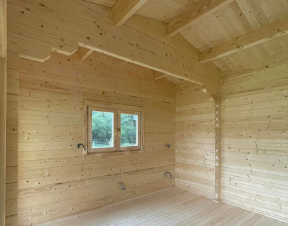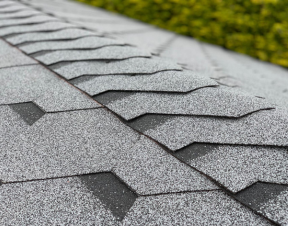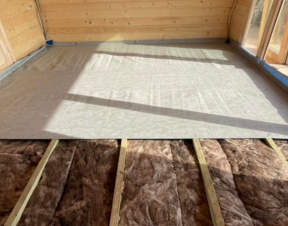Cottage Insulation
You've started your search for a garden cottage, summer house, or home office, and you see that www.sodocasa.es offers insulation materials alongside the cottages. Perhaps you're wondering who needs insulation and when? What thickness of insulation should you choose?
We'd like to provide you with some information about insulation.
We offer insulation materials for larger garden cottages and summer houses. Of course, it's possible to insulate all our products, but sheds, garages, pergolas, or other small buildings, which are often used for storage or leisure in the summer, are rarely insulated.
The main types of insulation we offer are:
- Roof insulation
- Floor insulation
- Wall insulation
When is roof insulation needed? We recommend insulating the roof if you plan to use the house during colder seasons or even year-round. In that case, it's worth considering thicker insulation options not only to protect the roof from external cold but also to prevent heat loss from inside. It's also important to note that roof insulation not only protects against cold but also from solar heat. Therefore, roof insulation is recommended not only for those who will use the house in the cold season but also for those who want to spend summers in a wooden house. Insulating the roof will prevent the interior of the cottage from overheating and provide you with a cool and comfortable environment. If you plan to use the cottage only in the summer, then choose the thinnest roof insulation option.
Regarding the thickness of roof insulation, you can always consult with our team!
Do I need to insulate the floors? The need for floor insulation and its thickness depends on when you plan to use the cottage and the type of foundation you have or plan to install. If you plan to use the cottage only in the warm season and have installed pole foundations, floor insulation is not necessary. However, if you want to ensure that the floors remain warm on colder days or during rainy days, it's worth considering at least a thin floor insulation option (5 cm). The floor insulation layer not only retains internal heat but also protects the cottage floors from external influences.
If you plan to use the house year-round, then you should consider a thicker insulation layer. Since warm foundations, such as slab foundations, are often installed when planning to use the building in the cold season, floor insulation becomes an auxiliary means to insulate the cottage floors.
When and how are walls insulated? Wall insulation is recommended for those who want to make their cottage suitable for year-round living (then we recommend insulating the walls with a minimum of 20 cm) or for those who want a summer house to occasionally visit during the cold season (in this case, 10 cm of insulation would be sufficient).
Wall insulation work is carried out on the exterior of the cottage. This way, you not only do not lose internal space but also protect the entire structure from external influences, moisture, and temperature changes.
Wall insulation is finished with an external cladding, which you can paint in your desired colors or order pre-painted in an industrial manner.
If you have any questions or doubts about what thickness of insulation to choose, don't hesitate to contact the sodocasa team, and we'll answer all your questions.












